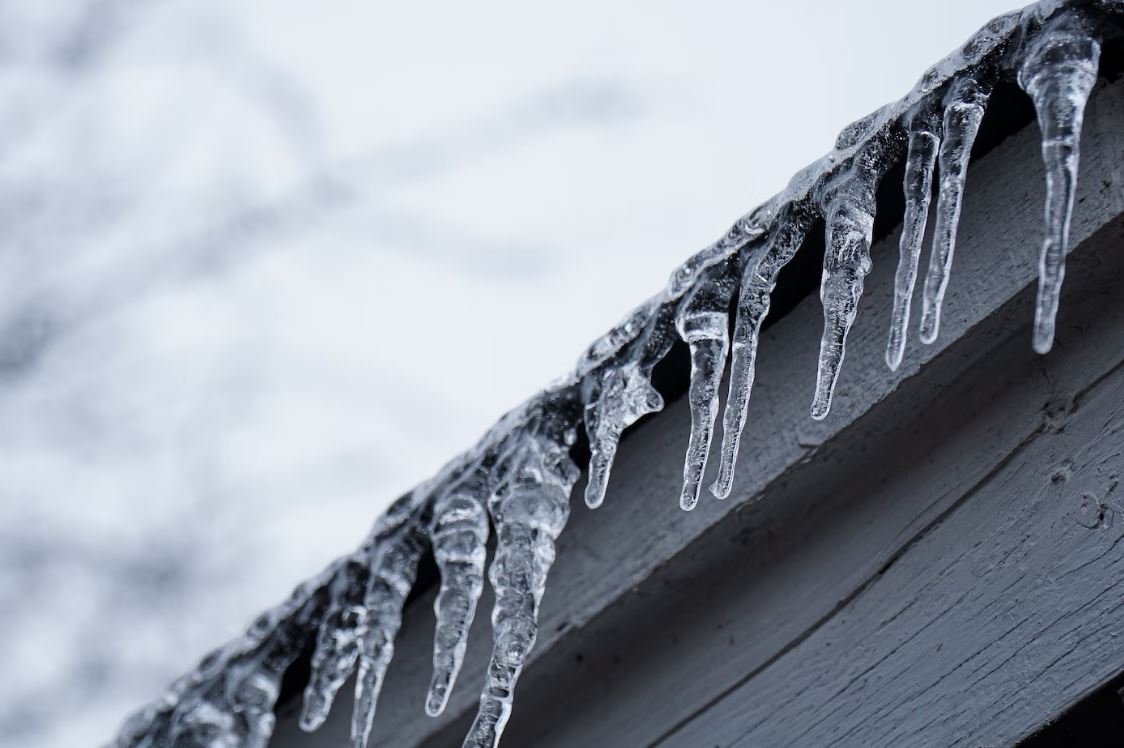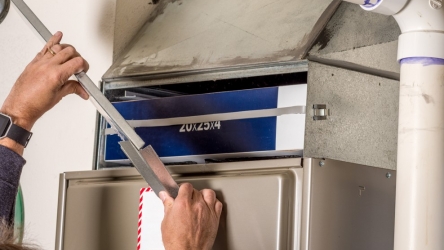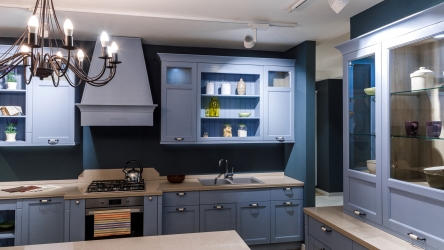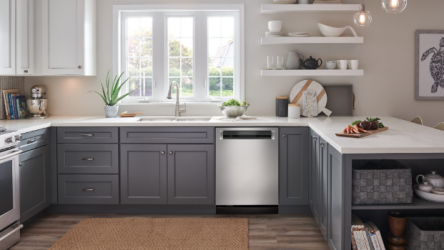
As storms can be unpredictable and cause a lot of water damage, it’s important to make sure that your home is sufficiently waterproofed before the storm arrives. There are a few different methods available for waterproofing your house in order to protect against potential water damage. Here we have outlined five key ways you can help make sure your home stays safe and dry during even the most severe storms. From basic home maintenance to more advanced weatherproofing solutions, these tips will help ensure that your house is as prepared as possible for whatever nature throws its way.
Prepare Your Roof
Your roof is the last thing you want to be leaking during a major storm. Water that comes in through the roof can cause a lot of damage and lead to mold growth. If your roof is sloped, you can use materials like base sheet, flashing, and underlayment to help waterproof it.
If your roof is flat, you may need to add some torched-down modified bituminous membranes or other similar waterproofing substances to help keep water out. In addition, a flat roof also requires a special drainage system to prevent water from pooling.
Check Gutters and Downspouts
Your gutters and downspouts should be free of debris so that they can effectively transport water away from your house. Make sure to clean out your gutters at least twice a year, or even more if necessary, in order to prevent clogs that could lead to water infiltration into your home.
Gutter cleaning is an essential part of maintaining your home and can help ensure that your roof and house stay safe from water damage during a storm. Clear out any debris that might be causing clogs, such as leaves, twigs, or other materials. Take extra care with gutters at the corners of your house since these are more likely to become clogged. Furthermore, make sure that your downspouts are securely anchored and pointed away from your house–this will help to ensure that water is diverted safely away from the foundation of your home.
Fill Cracks in Your Foundation
If it rains hard enough, water can start to collect around your home’s foundation. If there are large enough cracks in it, that water will seep right through the concrete and into your basement. Be sure to fill any noticeable cracks in your foundation as soon as possible and take steps to prevent water from pooling around your foundation.
If this task feels a bit out of your expertise, or if your foundation is particularly large or weather-worn, it’s best to seek advice from a commercial foundation waterproofing service. They will have the tools and the knowledge to spot problem areas and take care of them before any potential problems arise.
Protect Your Exterior Walls
Your exterior walls are typically built to withstand the elements, but if your gutters become clogged, a lot of water may start falling down the side of your home. Exterior walls are the first line of defense against storms and their associated water damage. Applying a sealant to these walls before a storm can help protect against water infiltration, as well as prevent issues like mold growth and wood rot.
Additionally, make sure that the siding material is up-to-date; older materials may not be able to handle heavy rains and winds. Finally, any loose boards or panels should be repaired or replaced to ensure that no water can penetrate the wall during a storm. By taking these precautions, you can help keep your home safe from water damage caused by storms.
If you have vinyl siding, it is more naturally resistant to water. Other siding materials require a special stain or paint to protect them from water damage. You can pick up special water-resistant stains and sealants from your local hardware store paint counter.
Add a Drainage System in Your Basement
Even if your basement is unfinished, it’s important to keep water out of it. Taking steps to protect your foundation is a good start, but you can also waterproof your basement for added security. If your basement floods often, you can add interior water drainage systems to direct water away from it. You can also add interior sealing, but you’ll need to re-apply it every so often.
Adding a drainage system in your basement is an effective way to keep water out of the lower level of your home. By installing a sump pump or perimeter drain, you can ensure that any excess water is quickly and efficiently diverted away from the foundation and into a safe location. This will reduce the risk of flooding and help protect the structural integrity of your home. Additionally, installing a drainage system will help to improve the overall air quality in your basement by preventing mold and mildew growth. With proper maintenance and regular inspections, you can ensure that your drainage system is functioning properly and keeping your basement, whether finished or not, dry.
Protect the Floor of Your Crawlspace
If your home doesn’t have a basement, you’ll still need to make sure the crawlspace is protected. If your crawlspace floor is made of dirt, you can use an encapsulation solution to waterproof the flooring and walls. If the floor is concrete, you should use a masonry waterproofing sealant. If your crawlspace floor is made of wood, you should use a sealant specifically designed for wood. For instance, you could apply a waterproofing epoxy or stain to the floorboards and make sure it’s properly sealed between boards. Additionally, if there is any exposed insulation in your crawlspace, you should replace it with a waterproof material like spray foam insulation. Make sure the crawlspace is properly ventilated, as this will help to reduce moisture levels and prevent mold growth and water damage.
For crawlspaces, it is vital to take initial measures to protect the area from water infiltration. To start, make sure the ground is sloped away from your home’s foundation and that there are no low spots for water to collect. Additionally, you can use a vapor barrier on the flooring of your crawlspace. This will act as a sealant and prevent water from seeping through the ground. If you have any vents in your crawlspace, make sure they are working properly so moisture can escape. Lastly, inspect the area regularly for signs of water damage such as mold or rotting wood regularly.
Taking the necessary steps to protect your home from water damage caused by storms is essential. From sealing exterior walls and adding a drainage system in your basement to protecting the floor of your crawlspace, there are a variety of preventative measures you can take to ensure that your home is prepared for inclement weather. By taking these precautions, you can help keep your home safe from water damage and improve its structural integrity. So don’t wait until you’re dealing with a flooded basement or rotting wood; be proactive now to protect your home before it’s too late!







